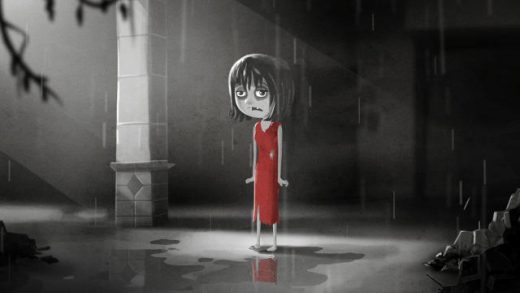Aardman Animations And Rapt Media Aim To Make Interactive Content More Emotional
Concern about a lack of interactive video online and a shortage of emotion in what interactive video there is has brought together Aardman Animations and interactive video technology specialist Rapt Media to create interactive animation Dead Lonely which goes live this week.
Dead Lonely is the story of a character called Fred in a postapocalyptic world as he looks for his lost love, Barbara. As the narrative plays out, the audience is invited to make choices at different points in the action to influence what happens next.
“The idea was to explore the murky gulf that exists between great storytelling and great interactivity to see if and how and whether the two should meet,” says Aardman digital creative director Dan Efergan.

“While even a reasonably average knocked-out Hollywood animated family movie can make you bawl, some of the more emotional sequences in the highest-level multimillion-pound interactive games do little at all in that respect.”
Dead Lonely sits “somewhere between” narrative and gaming in a place “closer to the purity of storytelling we love, but which pushes narrative forward without slipping into simply being a game,” he adds.
The idea for the project arose when Aardman worked with Rapt Media using its interactive video platform for a recent U.K. campaign for NatWest and Royal Bank of Scotland, which used an interactive episodic story to encourage children to be better savers.

The Aardman team wanted to explore in greater depth the role of interaction in narrative storytelling. The team at Rapt, meanwhile, was eager to explore—and demonstrate—not only the value of interactivity in storytelling, but the extent to which emotion generated through interaction can deepen audience engagement.
“Increasingly, video is being used in a commercial context online. But too much online video is linear and passive,” Rapt Media chief executive officer Erika Trautman explains.

“Consumers are increasingly demanding interaction with the video content they consume. But without an emotional component they end up feeling nothing. And if the audience feels nothing, the content can’t change anyone.”
When given options to interact with online video, 64% of consumers are more likely to spend more time on that piece of content, according to research conducted by Rapt for its report, “The Power of Choice,” published last year.
Videos with choice can have three times the viewing time, twice the conversions, and 14 times the click-through to purchase rates as videos without, the same study also found.

Smartphones and tablets have created “a new paradigm” for how interactive is delivered and consumed, Trautman believes.
“With technology enabling a seamless interactive video experience still relatively new, understanding of how best to use it to achieve deeper, more emotional engagement is not yet fluent,” she adds.
“Brand storytelling could be more effective through a better understanding of interactive technology and its appropriate application.”
Rapid technological change and the intensity of the development of “shiny new platforms”—of which VR is just the latest—is one reason for the emotional deficit in much of the interactive online video that has so far been made, says Efergan.
“There is a continual move of people to play with the newest things without spending time and attention to understand how to really make each new technology actually make the viewer feel something,” he says.

“The challenge —and the opportunity—is how best to add emotion to each new platform. This is because emotional engagement is deeper engagement and that, in turn, will dictate interest in them and their future relevance.”
After considering ideas for a more conventional romance and the viral potential of kittens, the team-–led by creative director Jake Manion and director/writer Sam Morrison—settled on a zombie love story with a mix of pathos and slapstick that played to Aardman’s storytelling and characterization strengths.
“We began by thinking about deep, emotional love stories, but once the audience makes a choice on a character’s behalf there is a tendency to superimpose themselves onto the character, and then the experience becomes more fame-like,” Efergan explains.
“It was more important for this to have the protagonist make choices that expose who they are and what they are like.”
The benefit of creating the film using Rapt’s interactive video technology was the ease with which the components could be interwoven, discussed, and then changed by the production team before getting a developer on board to make it work, he adds.

Also appealing was the Rapt platform’s integrated analytics system, and the fact that the finished animation could be universally used and interacted with because—unlike much interactive online video—it works across all devices.
“The end result, we hope, is more seamless and immersive,” Efergan says.
“In a new medium like interactive online video, you have to build and test, and it will be interesting to see if different storylines within the narrative are more engaging or whether different demographics make different choices,” Trautman observes.
When it comes to the creative development potential for the data that will be generated, however, Efergan remains more circumspect.

“Data is an interesting discussion within the creative department at Aardman, and the ability to understand data and adjust and evolve content ideas accordingly is an interesting one,” he readily admits. “But our belief will always be in the importance, too, of inspiration beyond big data sets.”
Dead Lonely is available now as an interactive online animation experience hosted by Rapt Media.
Here’s a behind-the-scenes look:
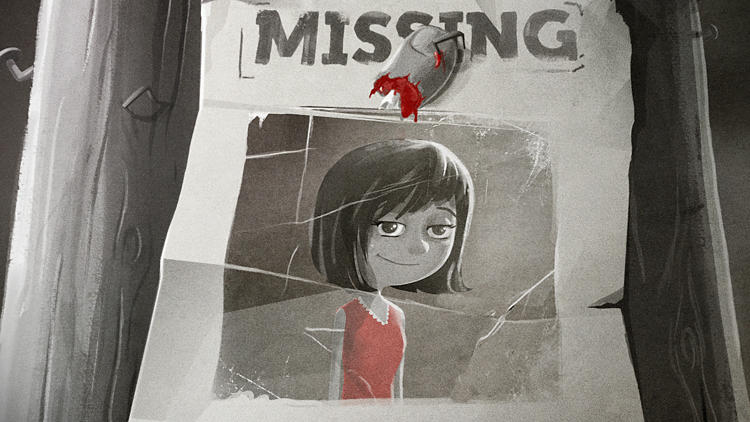

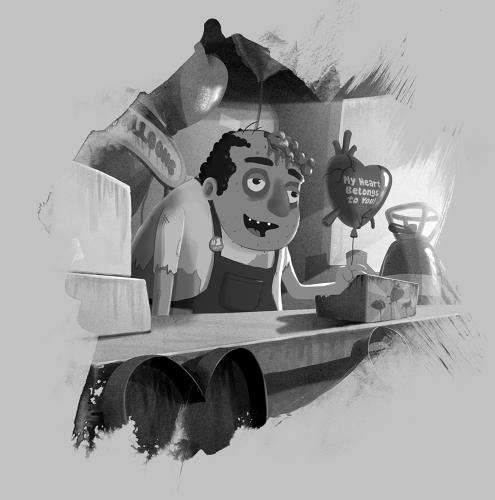


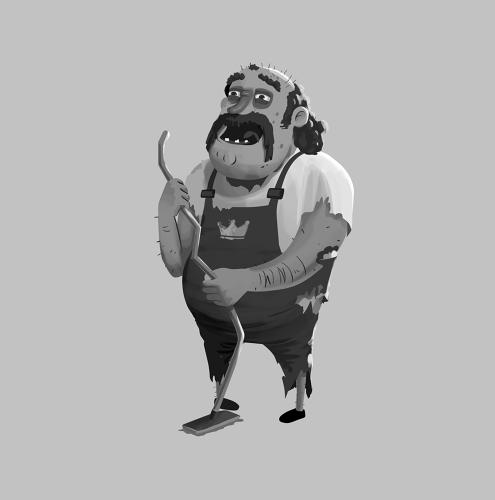
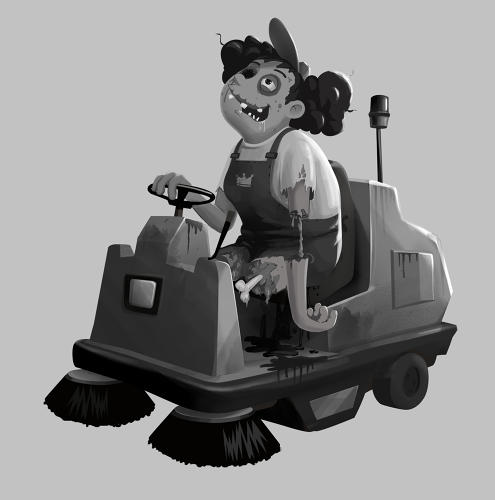
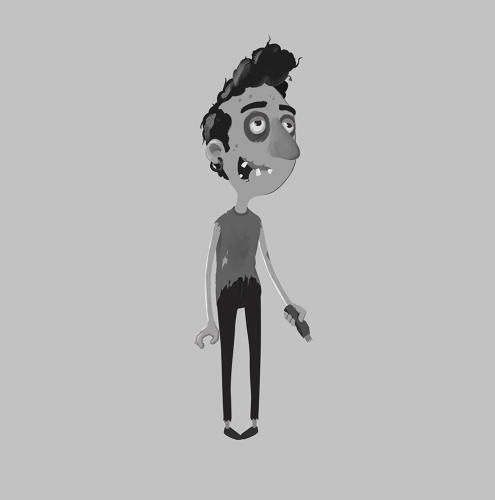
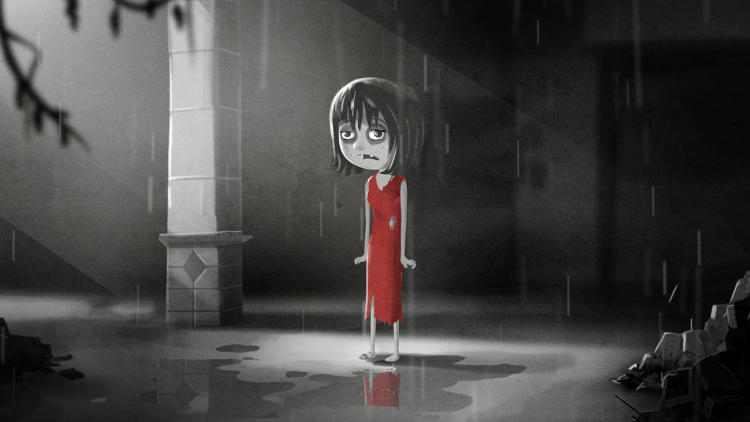

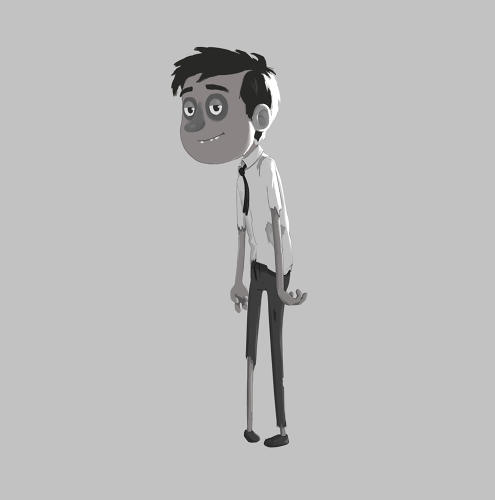
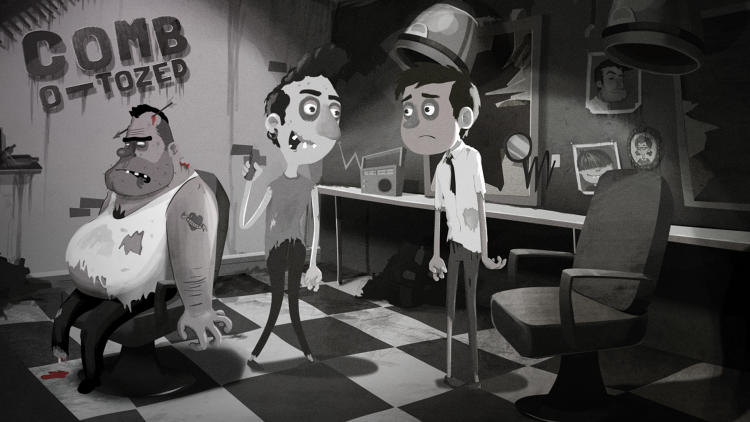


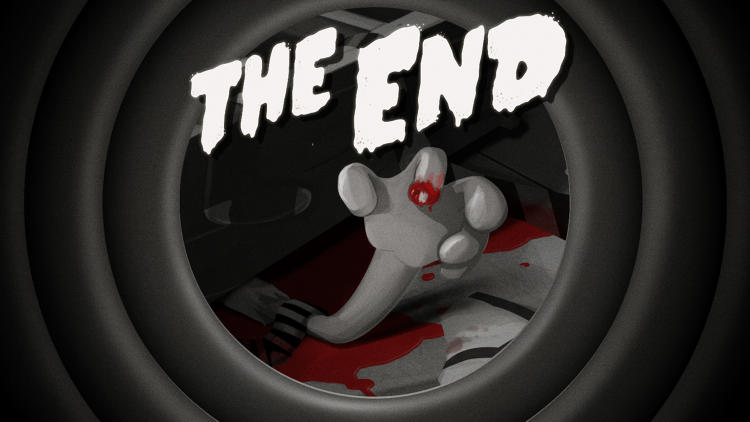
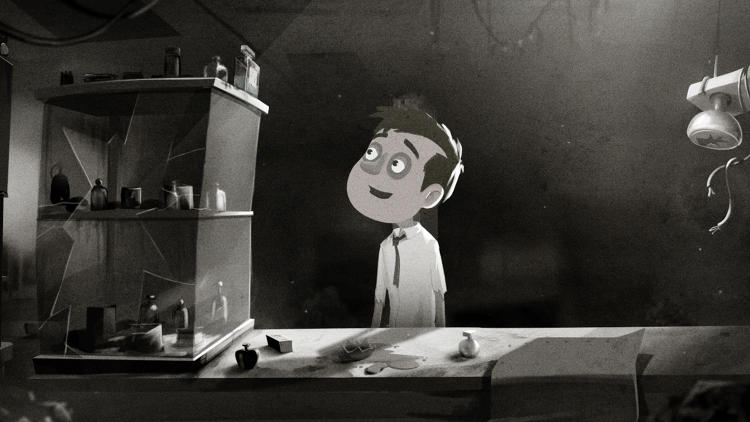




(48)

